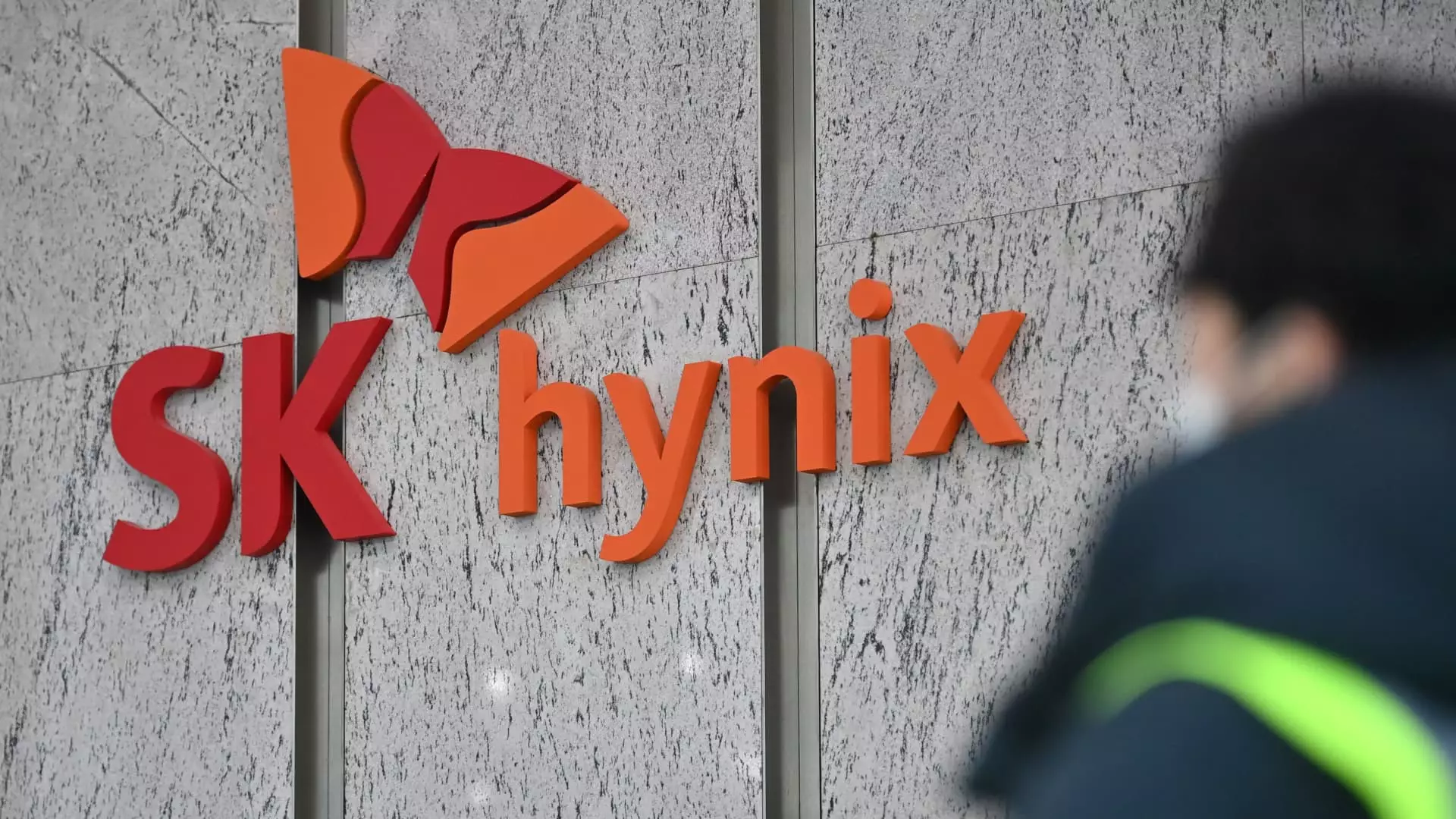SK Hynix, a prominent memory chipmaker, recently announced its second-quarter profit, reaching its highest level in 6 years. The company’s revenue hit 16.42 trillion Korean won, surpassing analyst estimates by a slight margin. Operating profit also surged to 5.47 trillion Korean won, marking a significant increase from the previous year. This growth was primarily attributed to the demand for advanced memory chips crucial for artificial intelligence computing.
Impact of AI Memory Products on Revenue
SK Hynix highlighted a continuous rise in overall prices of its memory products, particularly AI memory, which led to a substantial 32% revenue increase compared to the previous quarter. The company’s high-bandwidth memory chips, tailored for AI chipsets used by companies like Nvidia, played a vital role in this revenue surge. In fact, SK Hynix’s second-quarter revenue was the highest in the firm’s history, showcasing its dominance in the memory chip market.
Despite the impressive financial performance, SK Hynix experienced a slight setback as its shares declined by as much as 7.81% in response to overall market conditions. The South Korea’s Kospi index also witnessed a dip following disappointing earnings reports from tech giants like Alphabet and Tesla. These market fluctuations underscore the interconnectedness of global tech stocks and their impact on individual companies like SK Hynix.
Looking ahead, SK Hynix remains optimistic about the second half of the year, anticipating strong demand from AI servers and a gradual recovery in conventional markets. The company is poised to capitalize on the growing AI market by mass-producing 12-layer HBM3E products, aiming to solidify its leadership in the high-bandwidth memory segment. With plans to begin mass production soon and ship to customers by the fourth quarter, SK Hynix is strategically positioning itself to meet the escalating demand for AI processors.
As the demand for high-bandwidth memory continues to surge, memory leaders like SK Hynix are facing challenges related to wafer capacity and supply constraints. The company acknowledges the need for increased investment to meet the demand for both conventional DRAM and HBM products. While overcapacity is expected in the coming years, a significant portion of the capacity will be allocated to ramp up HBM production, maintaining the tight supply situation for conventional DRAM.
Long-term Outlook and Competitive Advantage
Analysts predict a tight supply of HBM and memory chips until 2025, attributing it to a bottleneck in production capacity. This scenario presents a favorable pricing environment for SK Hynix, positioning the company for robust earnings in the years to come. With its competitiveness in HBM for AI graphics processing units and high-density enterprise SSDs, SK Hynix is expected to undergo a rerating of its stock, reflecting its strong market position.
SK Hynix’s remarkable performance in the second quarter signals its resilience and strategic foresight in navigating the dynamic memory chip industry. By focusing on AI memory products, investing in advanced technologies, and anticipating market trends, SK Hynix has cemented its reputation as a frontrunner in the global semiconductor market. As the company embarks on mass production of 12-layer HBM3E products and prepares for future innovations like HBM4, it is poised to sustain its growth trajectory and lead the way in shaping the future of AI computing.


Leave a Reply